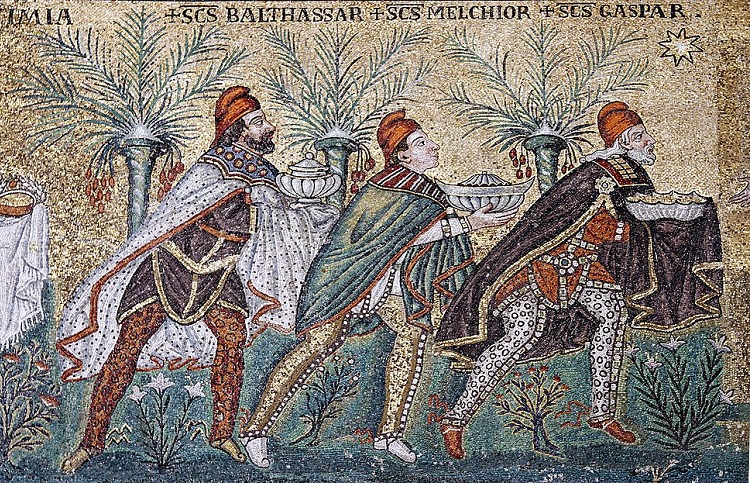In collaboration with the Colita Archive, the Círculo de Bella Artes and La Fábrica present the exhibition Colita. Antifémina, which will remain at the Goya Hall of the Círculo until 5 May.
The exhibition recovers the photographic work of this fundamental author, published in book format in 1977 under the same title, together with texts by the writer Maria Aurèlia Campmany. Images that resonate with the same intensity today.
Forty-six years ago, Colita (Isabel Steva Hernández) and Maria Aurèlia Capmany joined forces to vindicate the role of women in a sexist society. Each from their own professions, one a photographer and the other a writer, they published Antifémina, which was quickly withdrawn from the market, but which became a critical and vindicative cult book. Its pages depicted the everyday life of those beings they considered marginalised, the “subversive” reality that women had always carried with them.
Antifemina,” writes Mary Nash in the prologue to the reissued book, “confronts the collective patriarchal imaginary with groundbreaking textual and visual discourses that subvert the canon that had projected the masculine as the universal norm and excluded women from the great narratives.
For the book, Colita reviewed her work to date, selecting images of women from her photographic archive from 1960 to 1976. She recovered images of the different social classes and states in which women appear as protagonists: the world of the gypsy women of Somorrostro and Montjuïc, women workers in factories, old age and prostitution. Colita proposed the images and Maria Aurèlia accompanied them with a text in which she asks herself and the reader questions about the issues raised, always from a feminist point of view and with a critical and vindictive tone.
The current exhibition at the Círculo de Bellas Artes shows for the first time a representative selection of Colita’s photographic work. It brings together, in addition to diverse documentary and audiovisual material, 94 of the 176 photographs contained in the book. Its structure is based on the ten chapters into which the publication is divided and which deal, in a critical and didactic tone, with old age, marriage, work, religion, prostitution, objectification, marginalisation, models, disguise and piropo. This is the first exhibition to be held after the author’s death in December 2023. It is also her last project, as it was worked on and imagined with her down to the last detail, making the exhibition a tribute to her career.







